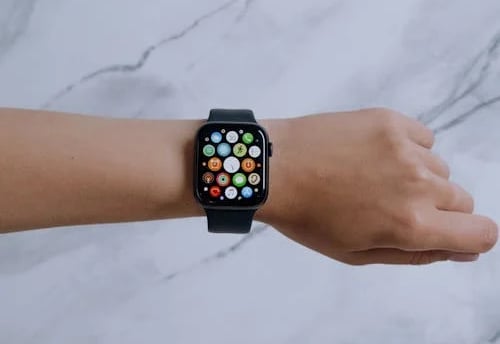The Evolution of the Apple Watch: A Glimpse into the Future
TECH NEWSAPPS & SOFTWAREFUTURE TECH


The Apple Watch, since its debut in 2015, has become much more than just a fashion statement or a tech accessory. It has evolved into a vital tool for health monitoring, communication, and daily productivity. As Apple continues to innovate, the Apple Watch is increasingly positioning itself as a pivotal device in the growing landscape of wearable technology.
A Brief History
Apple introduced the Apple Watch with a focus on personalization and connectivity. The early versions were designed as a fashion-forward accessory, with different bands and customizable watch faces. However, as the product matured, Apple shifted its focus to health and fitness, a move that would eventually redefine the smartwatch industry.
The Series 2 and beyond introduced built-in GPS, water resistance, and fitness tracking features that appealed to athletes and casual users alike. However, it was the addition of health-related features, like heart rate monitoring, fall detection, and the ability to take an electrocardiogram (ECG), that truly set the Apple Watch apart.
Health and Wellness: The Core of Innovation
The Apple Watch has become an essential tool for health and wellness. With features like the Blood Oxygen sensor, ECG app, and irregular heart rhythm notifications, the device has the potential to save lives. Its ability to detect falls and automatically alert emergency services is another life-saving feature that has garnered significant attention.
Apple's focus on health doesn’t stop there. The Apple Watch also encourages users to stay active with its Activity Rings, and mindfulness features help reduce stress. With every new iteration, Apple continues to add features that promote not just physical health, but also mental well-being.
The Future of the Apple Watch
Looking forward, the future of the Apple Watch seems incredibly promising. We can expect even more advanced health monitoring features, such as blood glucose tracking for people with diabetes. Apple's emphasis on privacy will continue to be a significant selling point as they introduce more features that handle sensitive health data.
In addition to health features, the Apple Watch will likely become even more integrated with other Apple devices. Enhanced connectivity with the iPhone, AirPods, and even Macs could turn the Apple Watch into a central hub for communication and control of smart devices.
Moreover, the Apple Watch could play a more significant role in the emerging field of augmented reality (AR). With AR glasses rumored to be in development, the Apple Watch could serve as a powerful companion, providing quick controls and contextual information right on your wrist.
Conclusion
The Apple Watch has come a long way from being a fashionable tech accessory. It has evolved into a powerful tool that integrates seamlessly into the daily lives of millions, offering critical health features, seamless communication, and endless customization. As Apple continues to innovate, the Apple Watch is poised to lead the future of wearable technology, transforming how we interact with technology and manage our health.


